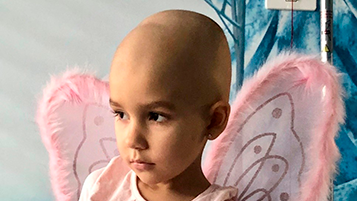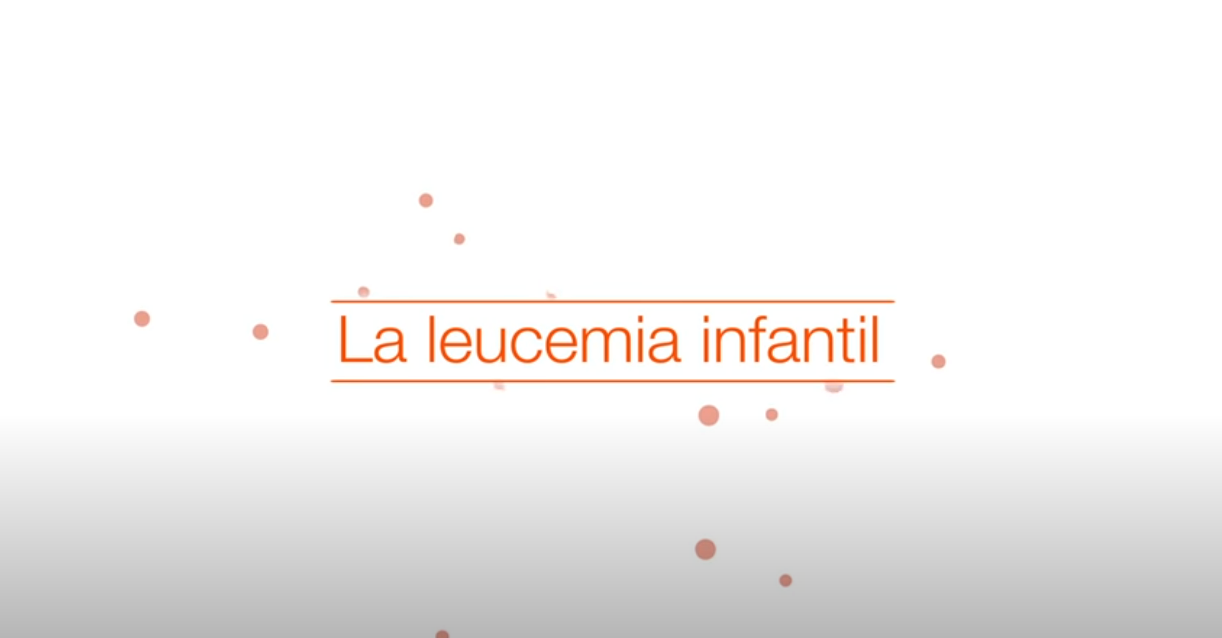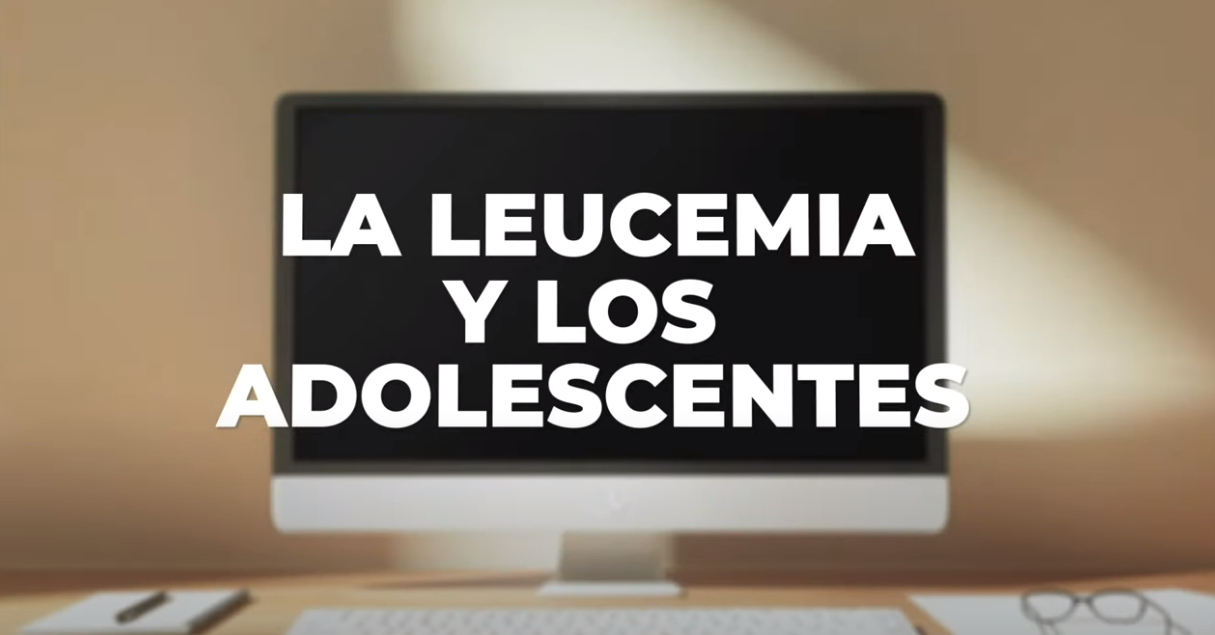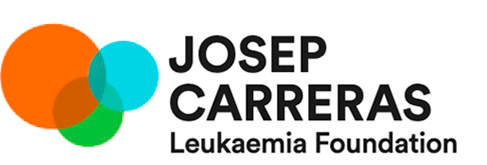Haematological diseases in children

Eider
Acute Myeloid Leukaemia.



Gabriel
Acute lymphoblastic leukaemia.
“My name is Almira and I am the mother of the twins, Gabriel and Martín. But they are not totally identical. Gabriel was diagnosed with acute leukaemia when he was 15 months old. It was and always will be the worst news of my life.
You always think that it will never happen to you, that it only happens in the movies, but it is real. The whole hospital issue was very complicated to manage. I was with Gabriel during the day. Then I was going to look for Martín at the nursery to be with him, give him dinner and put him to sleep. Then I returned to the hospital to put Gabriel to sleep and sleep next to him. I would get up at 6 to go home and wake up Martín, get him ready and take him to daycare, so he would think that he had slept with Mommy. We finally returned home for the first time in 60 days. What a thrill! When Martín saw Gabriel, he was surprised. And instantly they were kissing. Today, Gabriel is very well, and he is very happy, especially when he is doing mischief with Martín.”
Become a member of the cure for leukaemia!


